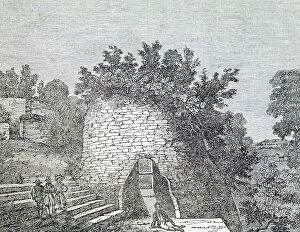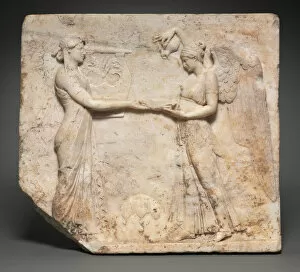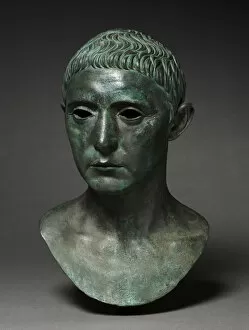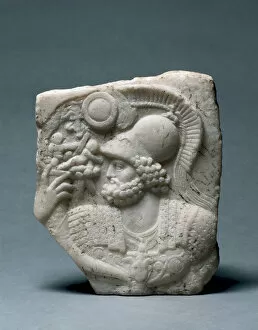Augustan Period Collection
The Augustan period, also known as the Roman Era, was a time of great artistic and cultural achievements
All Professionally Made to Order for Quick Shipping
The Augustan period, also known as the Roman Era, was a time of great artistic and cultural achievements. This can be seen in various works of art that have been preserved throughout history. One such masterpiece is the Head of Winged Victory, a stunning bronze sculpture from the Roman Era, and is currently housed in the Archaeological Museum of Brescia, where visitors can marvel at its intricate details and graceful form. Another notable piece is the Arch of Augustus in Aosta. This magnificent structure stands as a testament to the power and grandeur of Emperor Augustus' reign. Its imposing presence serves as a reminder of Rome's dominance during this era. In addition to sculptures and architecture, there are also remarkable sarcophagi from this period. The Roman Sarcophagus of Caio Atecio Valerio, located near Turin in Ivrea Cathedral, showcases intricate carvings depicting scenes from ancient mythology. Religious artifacts were also prevalent during this time. An altar dedicated to the Lares of Augustus can be found in Florence's Galleria degli Uffizi. This beautifully crafted piece pays homage to the deities associated with household protection and prosperity. Rome itself was adorned with impressive structures like the Pyramid of Caio Cestio and Porta San Paolo, providing breathtaking views for those who visited or lived within its walls. Even outside Italy, evidence remains showcasing Emperor Augustus' influence on art and culture. For example, a bronze portrait discovered in Sudan now resides at London's British Museum after being displayed at Rome's Palazzo delle Esposizioni during an exhibition celebrating Roman culture. Statues played a significant role during this period as well. The Loricate statue of Augustus exhibited at Cherchel's archeological museum exemplifies his military prowess while highlighting his importance within society. Other portraits include Livia showcased at Parma's Archeological Museum after being featured at Rome's Mostra Augustea in 1937-1938.












